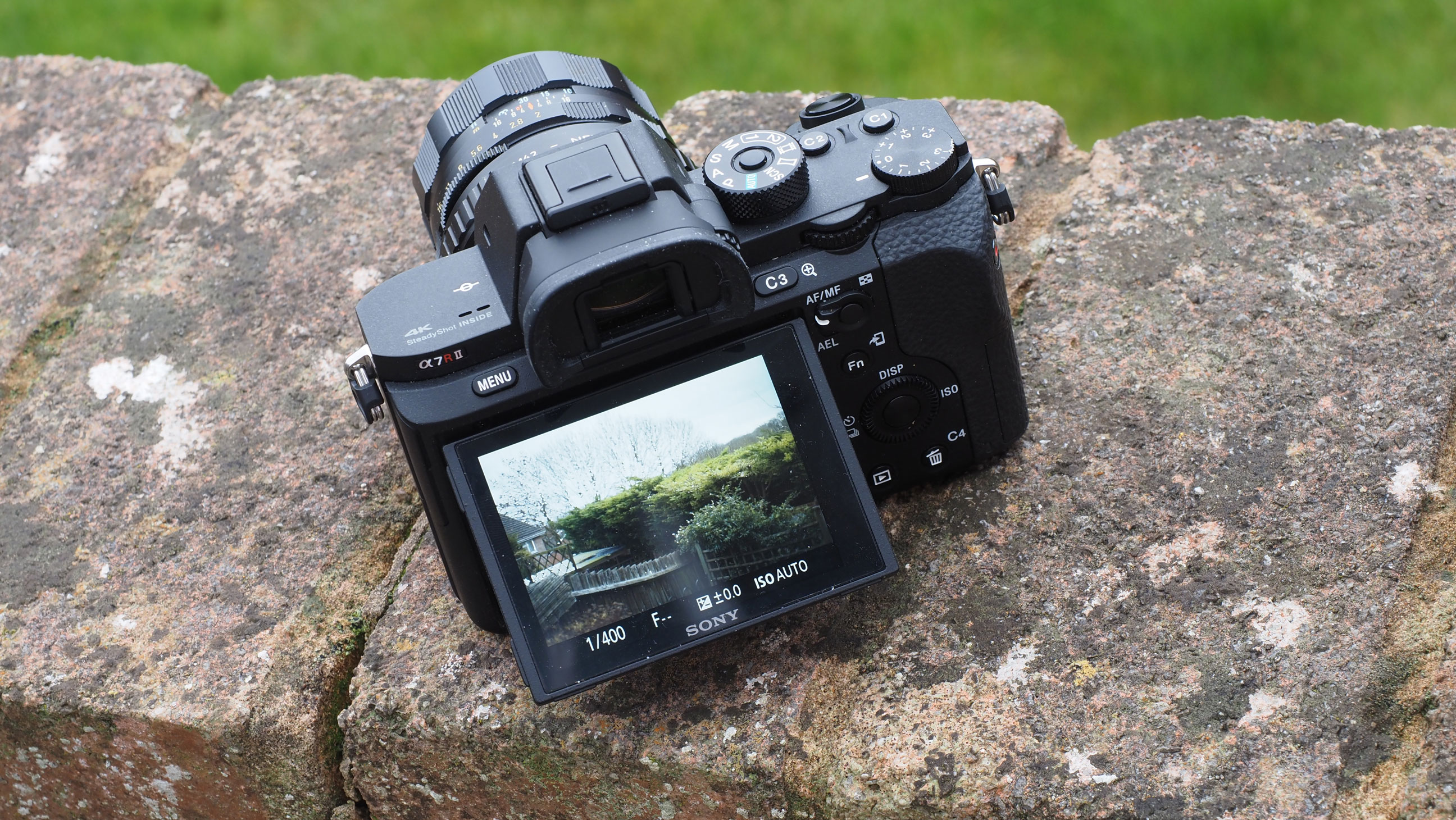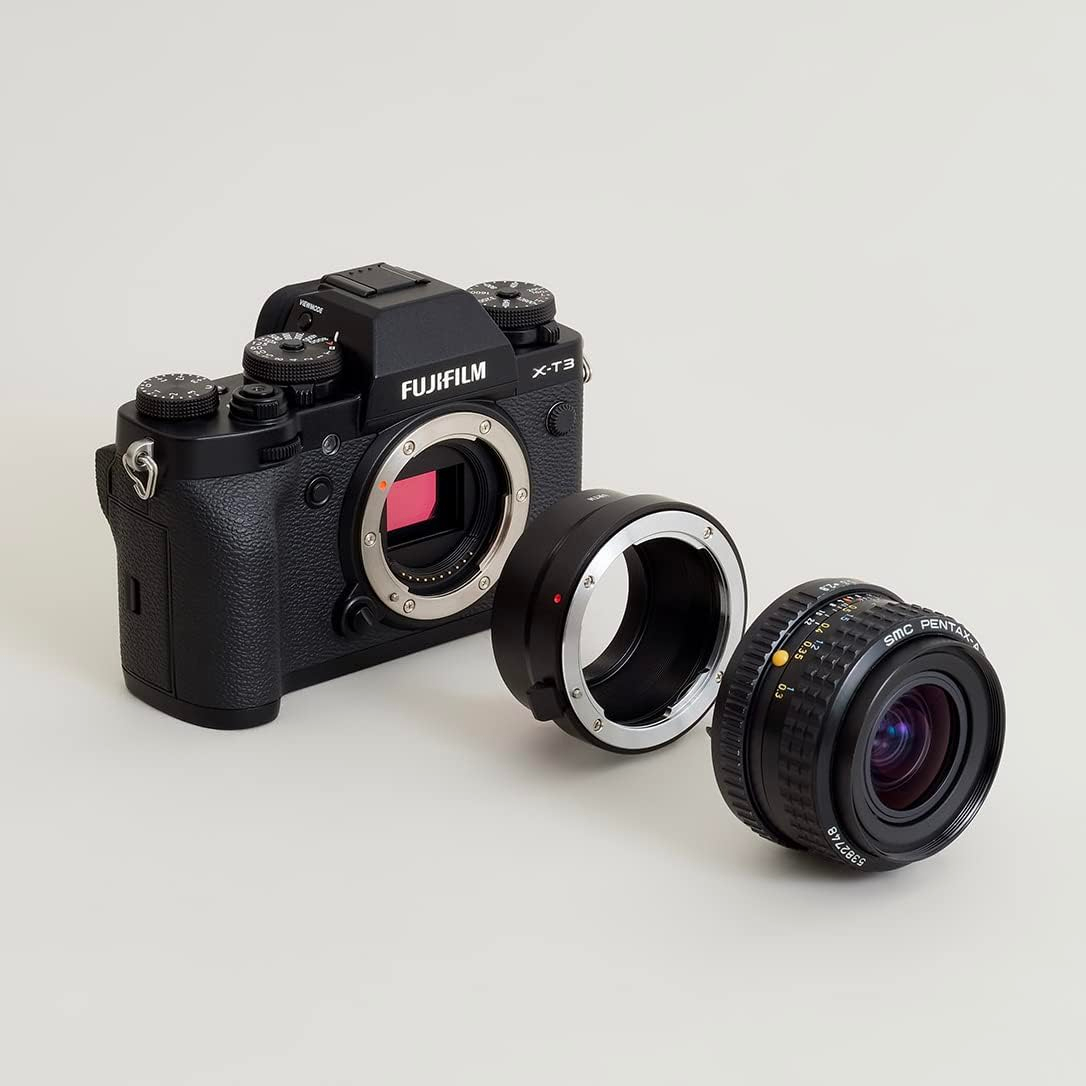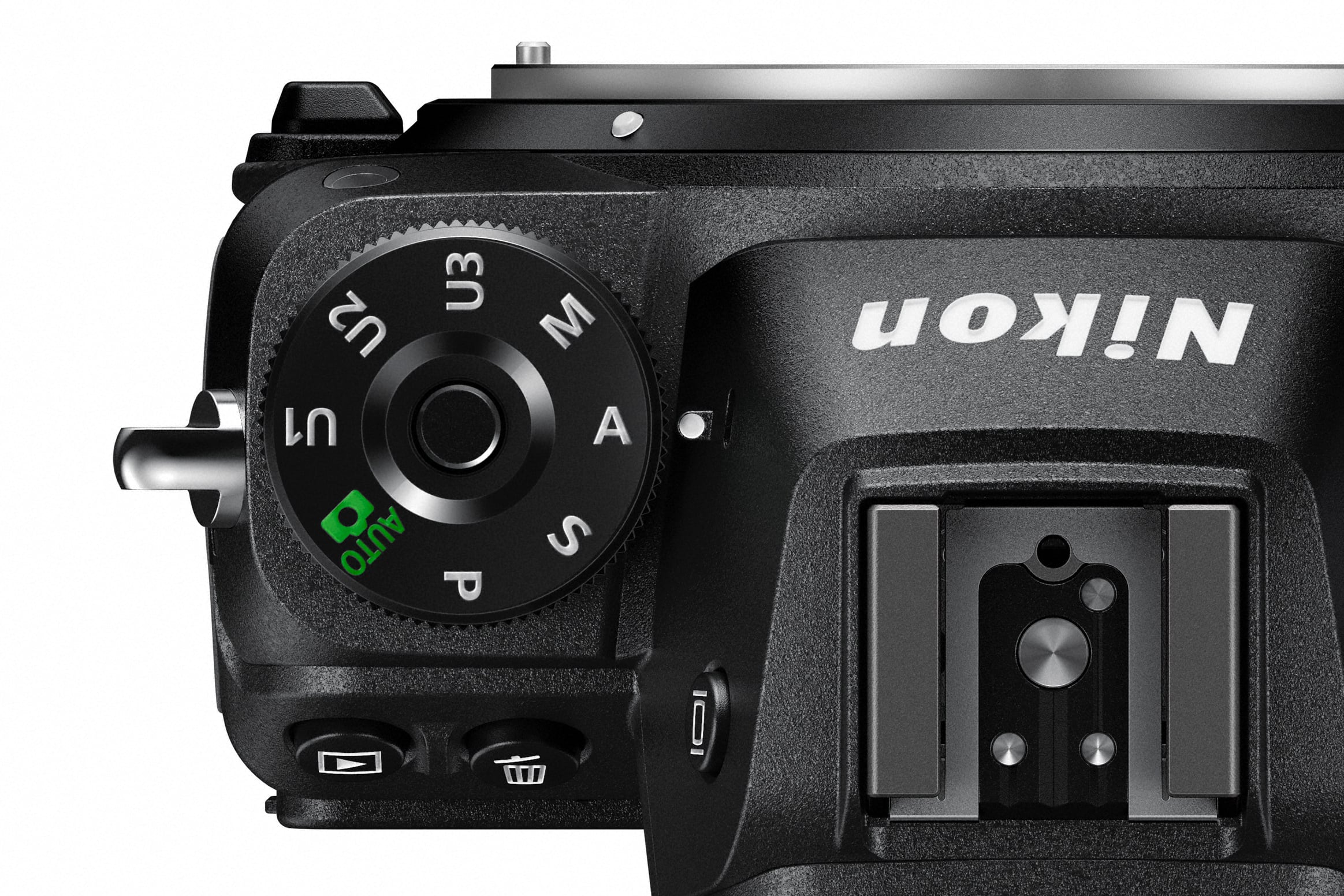What’s the best camera type for old SLR lenses? Mirrorless!
Surely that’s a mistake? The best camera for old film SLR lenses is a DSLR, right? Not necessarily...

For clarity I’m not talking about recent history. I’m talking about SLR lenses from the 1980s, 1970s or earlier, where lenses had manual focus, aperture rings and the pinnacle of technological advancement was full-aperture metering and auto diaphragms.
These lenses don’t have the crystalline clarity of modern digital lenses, but they do have their own very characterful renderings which are especially popular with filmmakers seeking a vintage look.
The best mirrorless cameras are obviously designed to take advantage of the very latest lens designs, but they can also be remarkably adept at using older lenses too. More so than the best DSLRs, in fact, as we'll see.
These vintage SLR lenses have practical advantages too. They are typically metal-bodied with very long super-smooth, beautifully-weighted mechanical focus rings. They have distance scales which are actually accurate and with small enough distance increments to make depth of field and hyperfocal distance estimation a breeze. They also have aperture rings.
So what’s wrong with using them on a modern DSLR using adaptors where required or putting them straight on the camera if the mount is the same?
The problem is the DSLR viewing system, which is ironic given that these lenses were designed for SLRs.
Modern DSLRs are designed around autofocus not manual focus. The viewfinder magnification is lower and there are no old-school focusing aids like split image rangefinders or microprisms to make precise focusing easier. Trying to focus manually with a modern DSLR is a bit hit and miss, especially if the lens is stopped down to the aperture you want to shoot at, because the viewfinder image will be darker and the depth of field increased so you don’t get a clear focus ‘snap’ as you turn the focus ring.
Get the Digital Camera World Newsletter
The best camera deals, reviews, product advice, and unmissable photography news, direct to your inbox!
So that’s the other thing. Aperture control has moved on, and modern DSLRs no longer have the mechanical linkages used by old lenses to allow full-aperture focusing and metering. Everything today is done electronically. You can still use old lenses, but changing the aperture will change the viewfinder brightness.

Why mirrorless cameras are better for old SLR lenses
Mirrorless cameras solve both these problems. First, mirrorless cameras typically offer a ‘punch in’ focus check where you can magnify the image to check for critical focus. You could technically do this on a DSLR in live view, but it’s clumsy and awkward by comparison.
Second, mirrorless cameras have auto-gain EVFs and rear displays that will automatically adapt to setting a smaller aperture. The image might get a little grainier, but you’ll still be able to compose shots as easily at f/16 as at f/2. Again, a DSLR’s live view can do this too, but not the viewfinder – and you won’t always want to be stuck with the rear screen for shooting.
But there’s a third thing. With a mirrorless camera you can get a low-cost ‘dumb’ adaptor to fit almost any brand of old SLR lens. I use a Sony A7 II with one adaptor for my old Pentax K-mount lenses and another for M42 screw-mount Takumar and Pentacon lenses. As long as you can find the right adaptor, any of the best full frame mirrorless cameras will work fine.
The advantage of mirrorless cameras is that they have a much shorter flange distance than SLRs, leaving plenty of room for an adaptor. SLR lenses will be built around a longer back-focus distance to allow for the camera’s mirror.
All you need then is a mirrorless camera that will work without any kind of electronic lens connection. This is usually a ‘fire without lens attached’ option in the settings. My Sony A7 II won’t magnify the image for autofocus because it says the lens isn’t compatible (why does it have to be compatible?), but it works perfectly in every other respect.
Specifically, while you do have to use manual focus, you don’t have to use manual exposure. The camera can work out the exposure based on the light passing through the lens and the image formed on the sensor. If you use A or even P mode, the camera will simply adjust the shutter speed automatically, just as it would with a regular lens. P mode won’t be able to adjust the lens aperture because the linkages simply don’t exist, and S mode won’t offer auto exposure for the same reason.

The other thing you need is lenses which allow manual (not just automatic) lens aperture adjustment. I have some Pentax lenses from the 1990s which are no good at all because there’s no aperture ring and no way to control the aperture from the camera unless I buy a Pentax body (will it work even then? I’d have to check) – and the lenses in question aren’t good enough to make that worth doing.
What’s great about all of this is the way that mirrorless cameras have brought so many old lenses back to life. They don’t work so well on DSLRs, but with a simple ‘dumb’ adaptor and a mirrorless camera like a Sony Alpha, they become useful all over again – and not only useful, but straightforward and practical too.

Rod is an independent photography journalist and editor, and a long-standing Digital Camera World contributor, having previously worked as DCW's Group Reviews editor. Before that he has been technique editor on N-Photo, Head of Testing for the photography division and Camera Channel editor on TechRadar, as well as contributing to many other publications. He has been writing about photography technique, photo editing and digital cameras since they first appeared, and before that began his career writing about film photography. He has used and reviewed practically every interchangeable lens camera launched in the past 20 years, from entry-level DSLRs to medium format cameras, together with lenses, tripods, gimbals, light meters, camera bags and more. Rod has his own camera gear blog at fotovolo.com but also writes about photo-editing applications and techniques at lifeafterphotoshop.com
